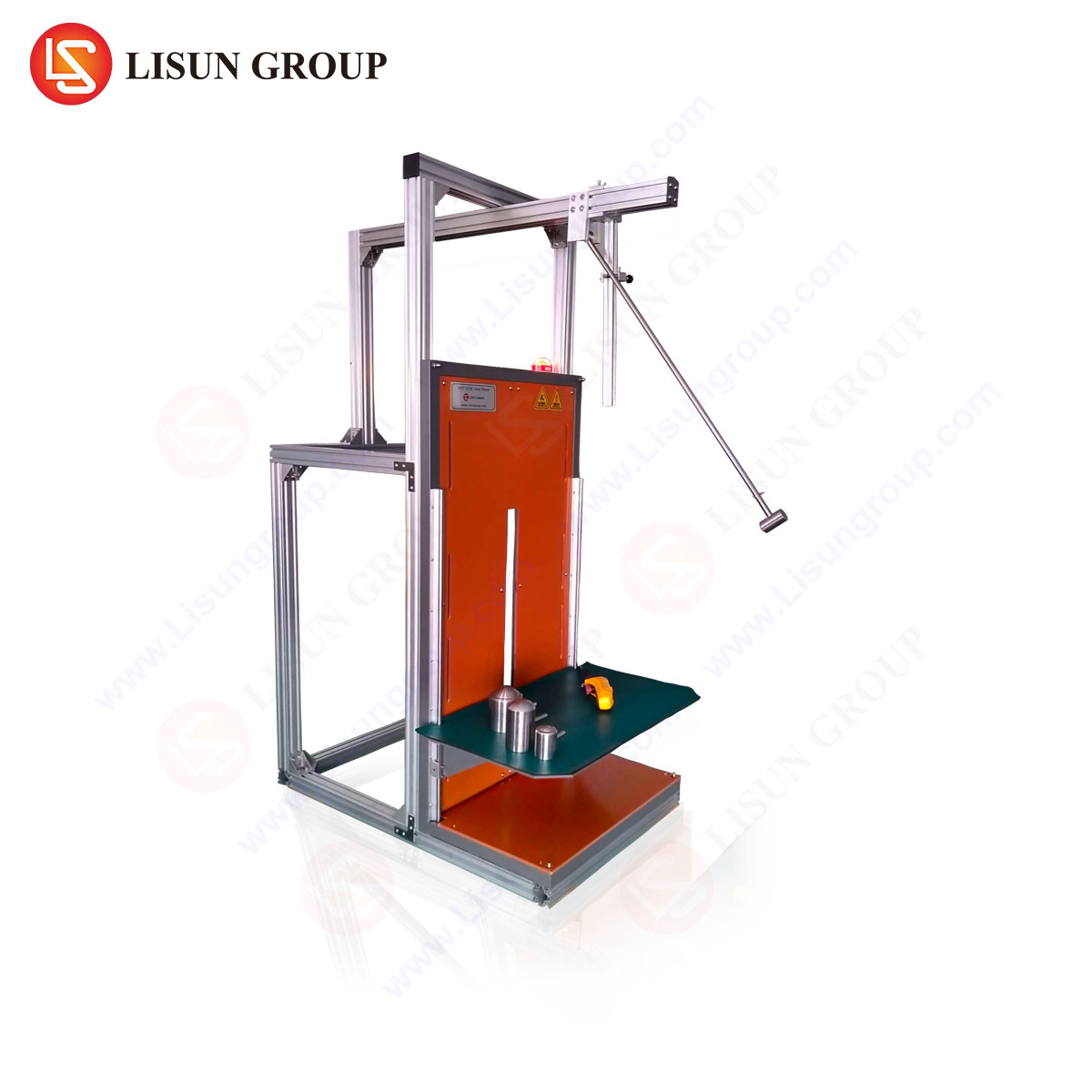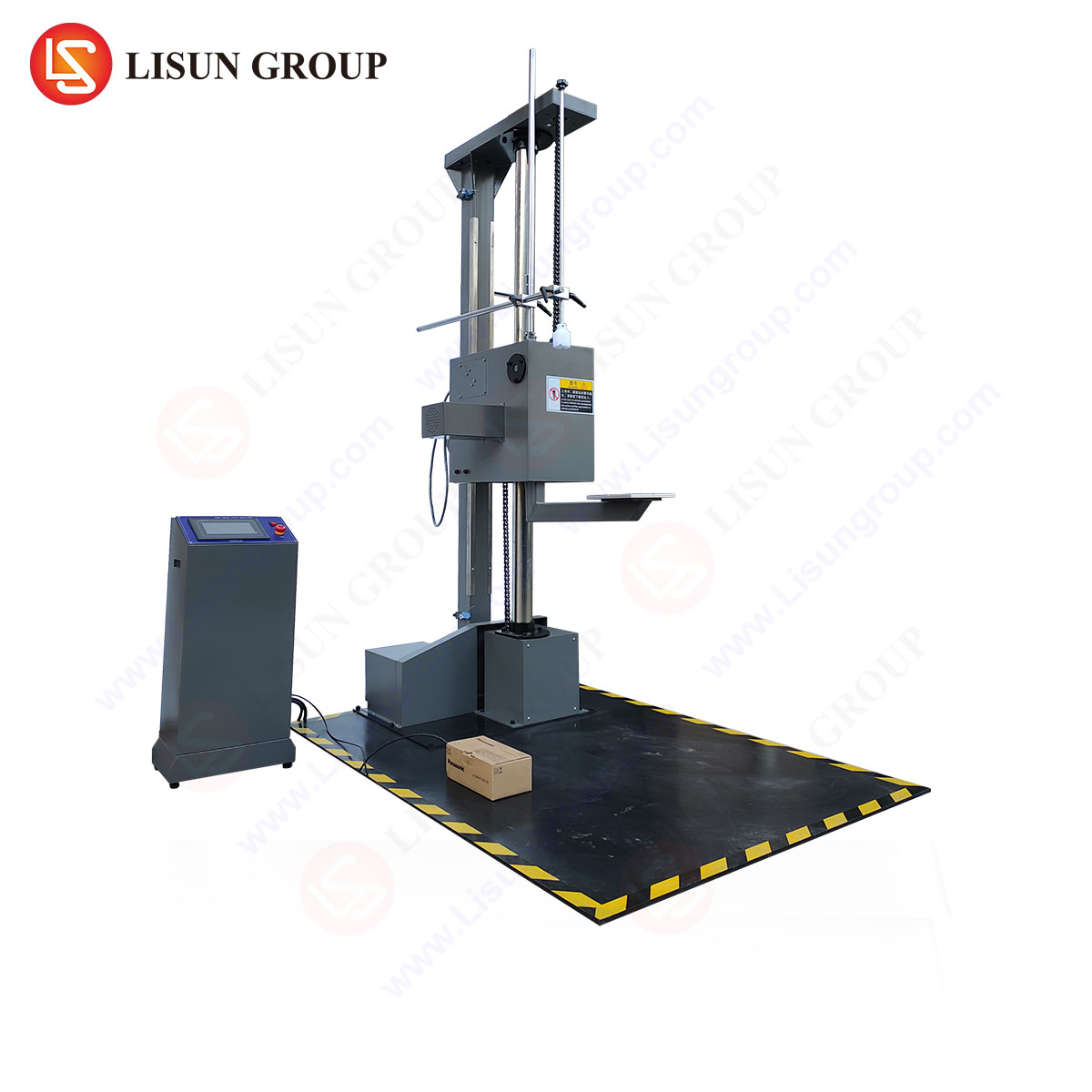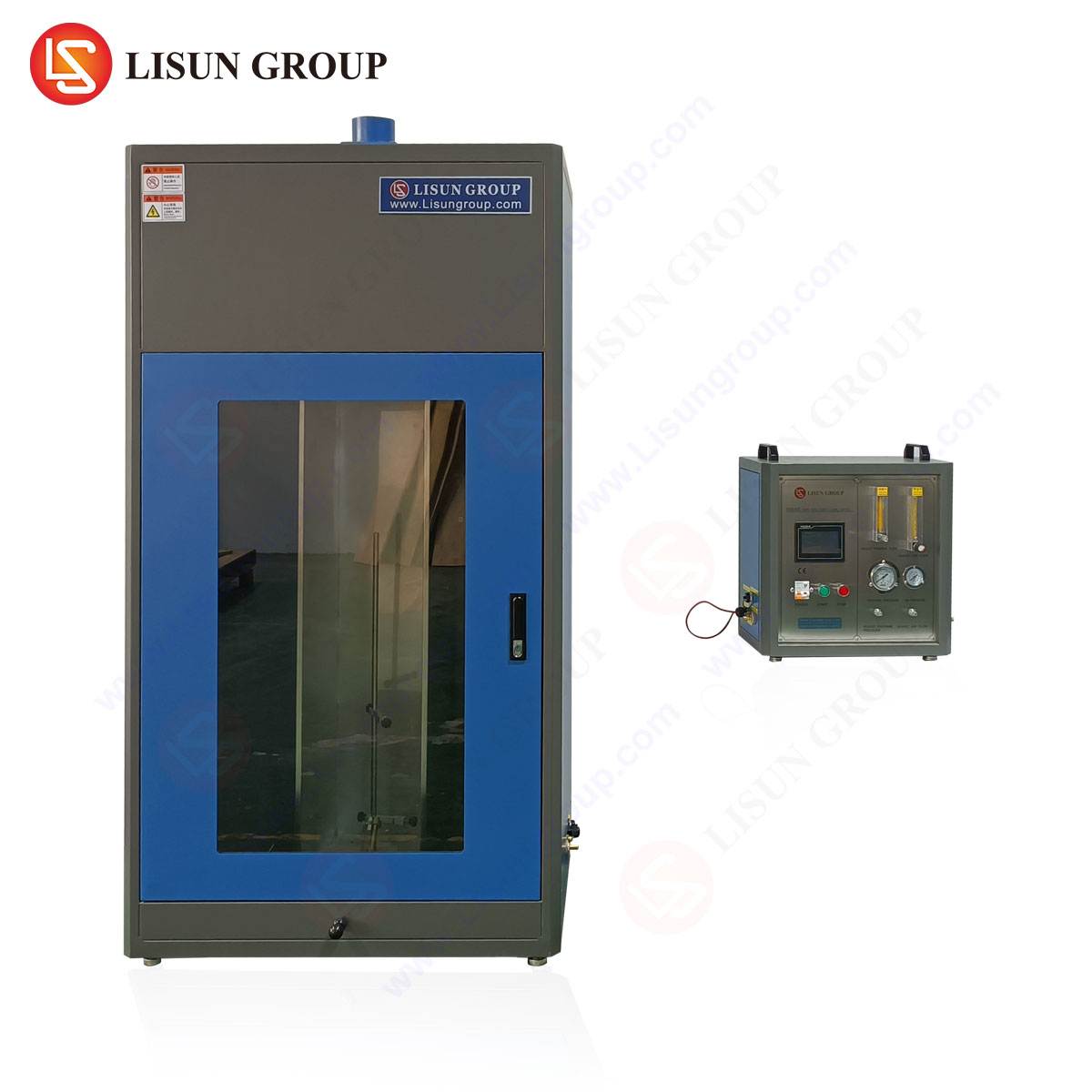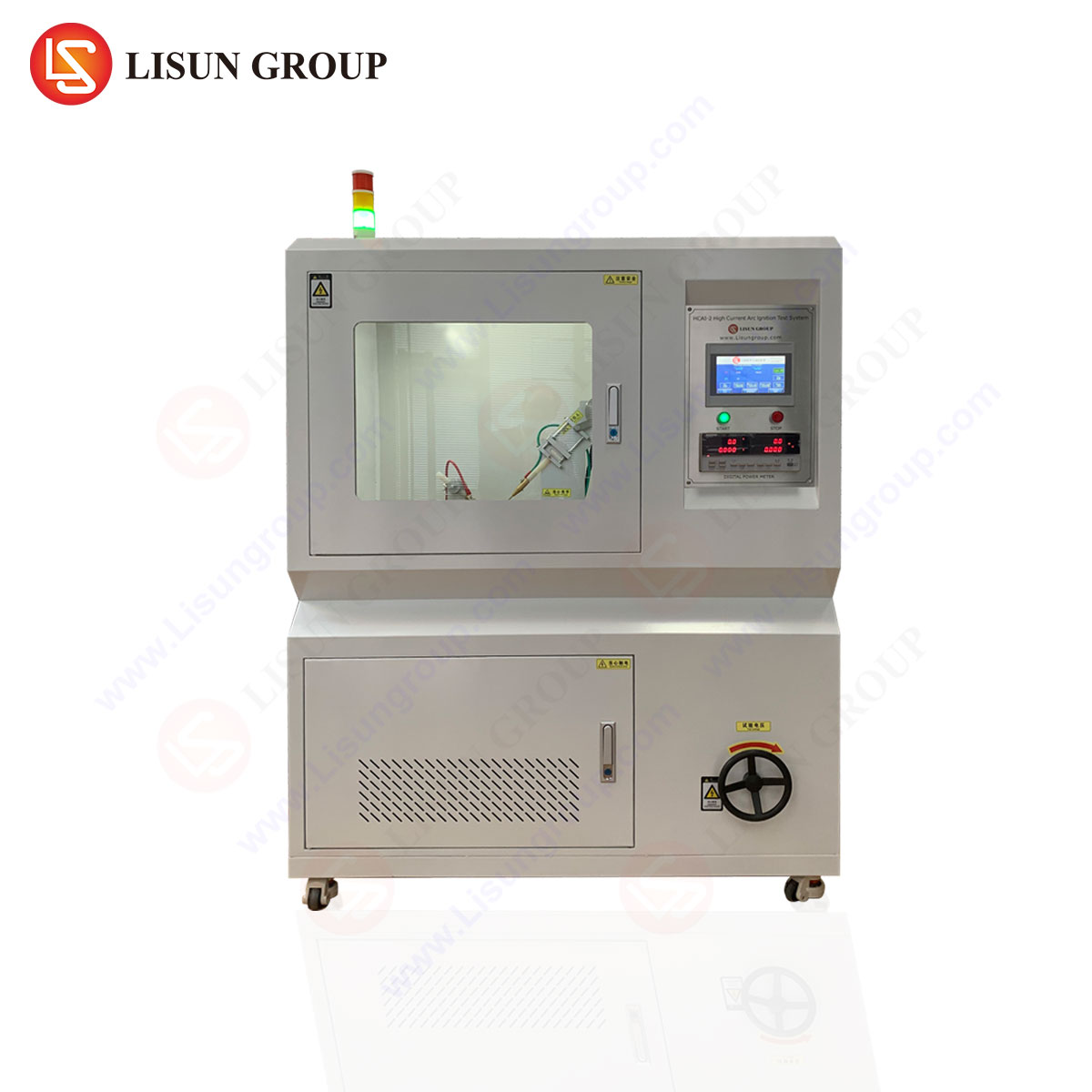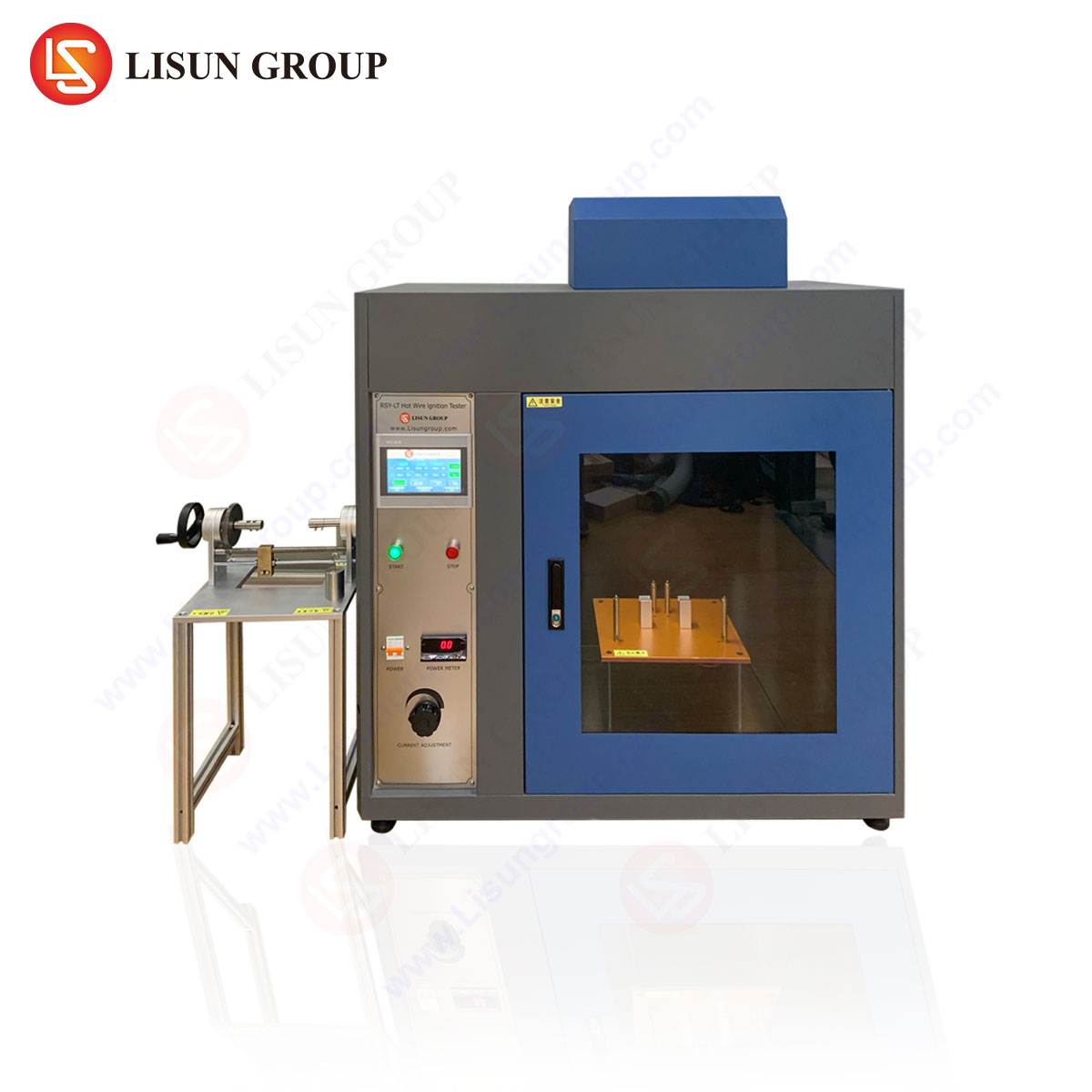Optical Scattering and Transmission Fundamentals in Haze Measurement
Haze, defined as the percentage of transmitted light deviating more than 2.5° from the incident beam due to forward scattering, is a critical parameter in material transparency evaluation. The measurement relies on the principles of light diffusion and transmittance, governed by ASTM D1003 and ISO 14782 standards. A haze meter quantifies this phenomenon by analyzing the ratio of diffuse transmittance to total transmittance, expressed as:
[
text{Haze (%)} = left( frac{T_d}{T_t} right) times 100
]
where (T_d) represents diffuse transmittance and (T_t) denotes total transmittance. The LISÚN HM-100 Medidor de neblina/Medidor de turbidez employs a precision integrating sphere with a CIE-standard illuminant (D65 or C) and photodetector to ensure compliance with these optical principles.
Integrating Sphere Design and Spectral Sensitivity in HM-100
The HM-100 utilizes a highly reflective barium sulfate-coated integrating sphere to capture both direct and scattered light. The sphere’s geometry minimizes measurement errors caused by angular dependence, ensuring repeatability within ±0.1%. Spectral sensitivity is calibrated to match the CIE photopic luminosity function (V(λ)), critical for applications in accesorios de iluminación y electrónica del automóvil, where color rendering and material clarity impact performance.
Key specifications of the HM-100 include:
- Rango de medición: 0–100% haze, 0–100% transmittance
- Repetibilidad: ≤0.1% (haze), ≤0.5% (transmittance)
- Fuente de luz: LED (360–780 nm, adjustable per ASTM/ISO)
- Espesor de la muestra: Up to 10 mm
Industry-Specific Applications of Haze Measurement
Automotive Electronics: Glare Reduction in Display Panels
Polycarbonate and acrylic components in dashboard displays require haze levels below 2% to prevent glare under varying illumination. The HM-100’s high-resolution detection ensures compliance with SAE J1757-2 standards for vehicular optics.
Medical Devices: Clarity Assessment in Polymer Tubing
IV tubing and optical lenses demand controlled haze to avoid visual distortion. The HM-100’s non-contact measurement prevents sample deformation, critical for FDA-regulated manufacturing.
Lighting Fixtures: Diffuser Panel Uniformity Testing
LED diffusers with haze values between 40–70% optimize light distribution. The HM-100’s dual-mode (haze/turbidity) capability allows simultaneous evaluation of transparency and particle dispersion.
Comparative Advantages of the HM-100 in Precision Testing
Unlike conventional spectrophotometers, the HM-100 integrates real-time temperature compensation, reducing drift in high-throughput environments. Its proprietary algorithm corrects for ambient light interference, a common limitation in sistemas de control industrial y equipos de telecomunicaciones testing.
Competitive benchmarks highlight:
- Faster Calibration: Automated zeroing reduces setup time by 30% versus manual systems.
- Cumplimiento de múltiples normas: Simultaneous adherence to ASTM, ISO, and DIN 5036.
- Registro de datos: 1,000-sample storage with USB export for QC documentation.
Calibration Protocols and Traceability Requirements
Regular calibration using NIST-traceable haze standards (e.g., SRM 2034) ensures long-term accuracy. The HM-100’s self-diagnostic routine verifies sphere integrity and detector response before each measurement, a necessity in aerospace component validation where material defects risk catastrophic failure.
Interference Factors and Mitigation Strategies
Surface scratches, dust, and internal stress in polymers can artificially elevate haze readings. The HM-100 mitigates these via:
- Collimated Beam Optics: Minimizes surface-scattering artifacts.
- Dynamic Baseline Adjustment: Compensates for environmental particulates.
FAQ: Haze Meter Measurement and HM-100 Operation
Q1: How does the HM-100 handle highly turbid samples?
The dual-detector system differentiates between haze (forward scatter) and turbidity (wide-angle scatter), allowing separate quantification per ISO 7027.
Q2: What is the maximum sample size supported?
The HM-100 accommodates specimens up to 150 mm in diameter, with optional fixtures for irregular shapes (e.g., cable insulation).
Q3: Can the HM-100 measure colored films?
Yes, the V(λ)-corrected detector ensures accurate haze readings independent of chromaticity, vital for consumer electronics displays.
Q4: How frequently should recalibration be performed?
Annual recalibration is recommended, though high-use environments may require quarterly checks via certified reference materials.
Q5: Does the HM-100 support in-line process integration?
With optional RS-232 or Ethernet interfaces, the device can be integrated into automated QC systems for electrical component production lines.


